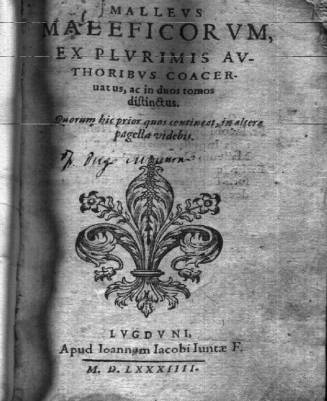Wednesday, December 14, 2011
Final Blog post
Final: So long, Farewell
Knowledge institutions build upon each other. Each plays a different role in molding the human experience. You need them all to gain the ultimate human experience. Yet despite the necessity of every type of knowledge institution, the tradition with the most powerful effect on human emotion is oral knowledge.
Tuesday, December 13, 2011
Final: Essay Based on the Salon
Final Exam Post: All I've learned
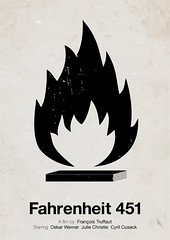 Looking back at history we clearly see and trace how different formats for the transfer of knowledge, folk, oral, written, and printed, have each contributed to the basis of knowledge available to many today. Despite all of the knowledge that has reached the modern world, many other pieces of knowledge did not make it due to censorship in each time and unique to each medium used to preserve knowledge. Whether on purpose or not each form of knowledge has inherent cracks that can allow even the most valued knowledge to slip through, our problem is to find them and stop them before we lose more.
Looking back at history we clearly see and trace how different formats for the transfer of knowledge, folk, oral, written, and printed, have each contributed to the basis of knowledge available to many today. Despite all of the knowledge that has reached the modern world, many other pieces of knowledge did not make it due to censorship in each time and unique to each medium used to preserve knowledge. Whether on purpose or not each form of knowledge has inherent cracks that can allow even the most valued knowledge to slip through, our problem is to find them and stop them before we lose more.
Monday, December 12, 2011
Notes for the Final: Maddie
Final Notes: Kimberly
Notes for Final: Erin
These are my notes for the final event/exam we are having tomorrow. I'm not sure if they are supposed to be in a table format like Emily's, but I just can't think that way. For these notes I first went through all of my posts, and tried to categorize them by focus area and then unit. My main focus for this class was to try and bring some relevance through self directed learning, so that's where most of my posts went. I then took a larger look at our blog in general. Here they are!
Notes for the Final: Emily
Unit
1: Folk Knowledge
|
Unit
2: Oral Knowledge
|
Unit
3: Written Knowledge
|
Unit
4: Printed Knowledge
|
|
Self-
Directed Learning
|
~ Taught/learned
a skill
~ Research
types of folk knowledge (singing, cooking, medicine, beauty)
~ Etiquette
|
~ Akkadia:
~ Hymns/songs
~ Myths
(water theme, flood and Moses stories)
~ Origins
~ Songs
brought together conquered countries by combining deity
|
~ Akkadian
Cuneiform
~ Propaganda
(cylinders)
~ Mainly
religious and business
~ Adopted
and modified Sumerian writing. Sumerian writing and language became obsolete
~ Sufism
|
~ How
printed knowledge affected the Reformation
~ Propaganda
~ Books
and witch burning
~ Annotated
Bibliography
~ Using
the library system
~ Woodcuts
|
Other’s
Blogging
|
~
Braiding
~
Learning to drive stick (Erin)
~
School ground knowledge (Kim)
~
Harp
~
Manicures, beauty (Madi)
|
~
Myths
~
Origin stories
~
Songs
~
How languages died out (Kim)
~
Kim: Samaria
~
Erin: Navajo
~
Madi: Rome
|
~
Cartography
~
Codex
~
Egyptian hieroglyphics
~
Paper making
|
~
Typography
~
Censorship
~
Print and Religion
~
Book Binding
~
Standardization
|
Collaborative
Learning
|
~ Class
discussion Bryn Mawr commencement address
~ Oral
group test
|
~ Group
video
~ King
Benjamin Speech
|
~ Group
projects about writing and translating
~ I
learned that if a language didn’t have a written language, it soon died out
|
~
Group editing of papers
~
Class discussion: Walter Ong
|
Projects/
Activities
|
Teaching/ learning a “folk” skill
|
~
King Benjamin Speech, group practice of speech
and performance
|
~
Rosetta stone Project
~
Library Speaker about writings in books/
scrolls/ on papyrus
|
~
Written paper
~
Library Speaker about codex’s
|
Friday, December 9, 2011
King James Exhibit
Thursday, December 8, 2011
The Essay
Wednesday, December 7, 2011
A Paper on Censorship (part 3)
Visiting King James
 |
| Found here. |
Monday, December 5, 2011
Learning Outcome + Thesis
Students recognize differences in the forms through which knowledge is preserved, communicated, and experienced and can interpret the consequences of these differences historically and personally.
A Paper on Censorship (part 2)
How to Help:
- Look for errors! (I am not the worlds best speller!)
- Find ways to expand/clarify my arguments.
- Find ways to expand/clarify the opposition.
- Think of how I can include a learning outcome.
- Add general comments either here or on the docs on how I can improve.
Clarification
Saturday, December 3, 2011
Thesis: Print and Reform Movements
Friday, December 2, 2011
Thesis
hereA Paper on Censorship (part 1)
People of the internet I am asking for ideas/sides to argue in a paper themed on censorship. There is the obvious how much should we allow censorship/freedom of speech topic, but I am looking for something that has more to do with what I've already researched. (The books I've read in research can be found in my bibliography.) Probably it will focus more on how effective censorship was in the early days of printing, focused in England. Look for updates and send thoughts my way!
Thanks!
Erin
P.S. This paper is also supposed to address one of the learning outcomes for this course. And I'm thinking it will be number 3: COMMUNICATING KNOWLEDGE
Students recognize differences in the forms through which knowledge is preserved, communicated, and experienced and can interpret the consequences of these differences historically and personally.
Thursday, December 1, 2011
Book binding paper
.
where we had to find 5-10 books about a certain topic revolving around printed books. I picked the "art" of book binding because I'd never thought of book binding in this way, and it interested me. I'd never really considered it an "art", let alone given much thought to the binding process at all.
So near the end of class I decided to have a little talk with Dr. Peterson, and see if she had any ideas on the pretty straight forward topic. She reminded me to search the Harold B. Lee Library website for sources, and told me that, although it doesn't seem so, there are many people who feel strongly about what book binding has brought about. Bound books were more durable and cost efficient, but more specifically, they could be used to do such things as missionary work abroad since they were more cost efficient, durable, and compact. This is what I plan to do my paper on. I'd love hear suggestions, and if anyone has any ideas on what I should write about or what they might like to know more about concerning book binding, please, do tell. I'd also love to hear what you guys are planning for your papers.More on Censorship
The Story (Part 2):
So as I was researching and flipping through books about censorship I kept thinking about a book that I had read in the 9th grade, which I was told had a central theme of censorship, Fahrenheit 451. To be sure I had the right book I checked in out on Wikipedia, where I found this:
Tuesday, November 29, 2011
Annotated Bibliography: English Censorship (before 1700)
Reform Movements brought about by Print
First of all, I'd like to apologize for not posting last week. I realized too late that being out of town would mean no internet connection.
I loved visiting the library and perusing the shelves for books on these reform movements. As Blaine said in his post about printing presses, I loved how the books are grouped by subject. A library is much more convenient than Google in this respect. Online search engines may be fast and easily accessible, but you have to sift through a lot of fluff to really get down to the real scholarly materials; whereas in the library, if you find one good book nearby will be more. My favorite part about this was actually handling the books. An online article may say the same thing, but there is something about handling the leather-bound pages of a book that makes the information inside seem more real, more reliable. A couple of the areas I had difficulty finding any books in the library, including the online databases, so I had to turn to Google books. After handling the "real" references, it sort of felt like a betrayal.
Before the break in class we talked about the Catholic Church and the changes that were brought about by the printing press. One subject I found especially interesting was the different reform movements. Seen as heresy by the Catholic Church, these movements believed not just different doctrine (or the explanation of dogma), but different dogma itself (the immovable parts of a belief system). The different reforms were as follows:
Monday, November 28, 2011
Print and Religion
The art of binding

Friday, November 25, 2011
Written Knowledge Final
Monday, November 21, 2011
The Standard
 As I came upon a small article the other day entitled Five Events that Shaped the History of English (which can be read here), I noticed standardization among the five events. The article labels the Anglo-Saxton Settlement, the Scandinavian settlements, colonization/globalization, the Norman Conquest (1066 and after), and standardization as the five most influential events in the course of the English Language. The start of my research on standardization began here.
As I came upon a small article the other day entitled Five Events that Shaped the History of English (which can be read here), I noticed standardization among the five events. The article labels the Anglo-Saxton Settlement, the Scandinavian settlements, colonization/globalization, the Norman Conquest (1066 and after), and standardization as the five most influential events in the course of the English Language. The start of my research on standardization began here.Friday, November 18, 2011
Restoration v. Reformation
Learning to Learn

Wednesday, November 16, 2011
Books Burn People
Tuesday, November 15, 2011
Egyptian Frustration
 For the end of unit project, I am in the Hebrew/Islam group. For our artifact, we created a double-sided scroll with two passages of scripture: one from the Qu'ran, written in Arabic, and one from the Torah, written in Hebrew. That, however, was the easy part. For the Rosetta project, my group received an Egyptian Hieroglyphic to translate. It turns out that it is very difficult to translate Egyptian logograms. We tried to find a professor to help us, but none were available. So, we went to the library. 10 books and 4 hours later, we still weren't sure what any of it said. We tried to find online Egyptian dictionaries, but everything we found seemed to be directed towards children or high school students. We tried to contact the African group so they could hint at which book to use, but it seemed they either didn't know the title or didn't answer. So after several hours, we just took the symbols we found and strung them together as best as we could. I'm sure the translation is incorrect, but we tried our best. And we were able to correctly translate the English sentence we came up with into Hebrew and Arabic. This assignment taught me quite a few things:
For the end of unit project, I am in the Hebrew/Islam group. For our artifact, we created a double-sided scroll with two passages of scripture: one from the Qu'ran, written in Arabic, and one from the Torah, written in Hebrew. That, however, was the easy part. For the Rosetta project, my group received an Egyptian Hieroglyphic to translate. It turns out that it is very difficult to translate Egyptian logograms. We tried to find a professor to help us, but none were available. So, we went to the library. 10 books and 4 hours later, we still weren't sure what any of it said. We tried to find online Egyptian dictionaries, but everything we found seemed to be directed towards children or high school students. We tried to contact the African group so they could hint at which book to use, but it seemed they either didn't know the title or didn't answer. So after several hours, we just took the symbols we found and strung them together as best as we could. I'm sure the translation is incorrect, but we tried our best. And we were able to correctly translate the English sentence we came up with into Hebrew and Arabic. This assignment taught me quite a few things:
- I gained a greater appreciation for the people who wrote with actual feather pens. We were using a calligraphy pen and it was extremely difficult. I can't imagine using a feather. It took a long time to get the ink flowing. You have to hold it at the precise angle so it doesn't smear, and you have to take just the right amount of time on each letter so the ink isn't too thick or too thin. And we learned that if the ink isn't flowing, don't suck on the pen, or your mouth will be black.
Monday, November 14, 2011
Yey for Clay!
Our group wrote in Akkadian and had to translate Chinese into it. This is what our final products look like:
Chinese Akkadian English
I think they turned out AMAZING!
Celebrating 400 years

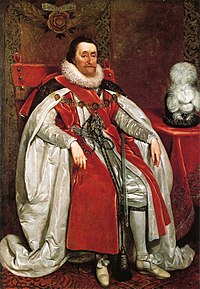
.
Friday, November 11, 2011
Without Missin' a Beat
Wednesday, November 9, 2011
Chapbooks
Monday, November 7, 2011
Islamic Calligraphy

Cartography
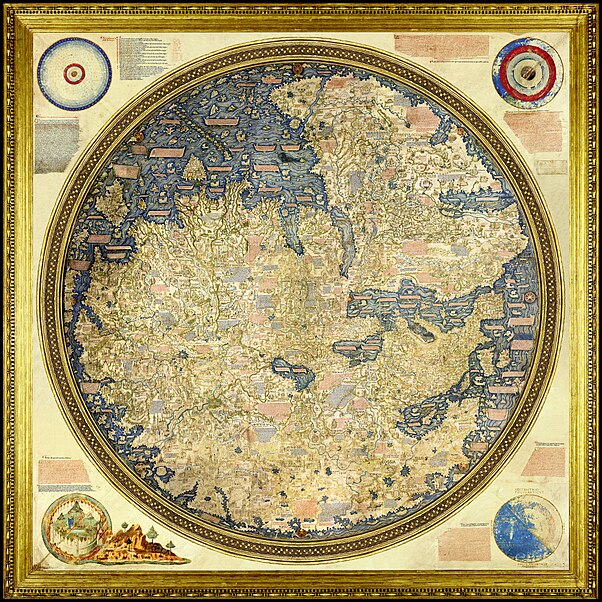
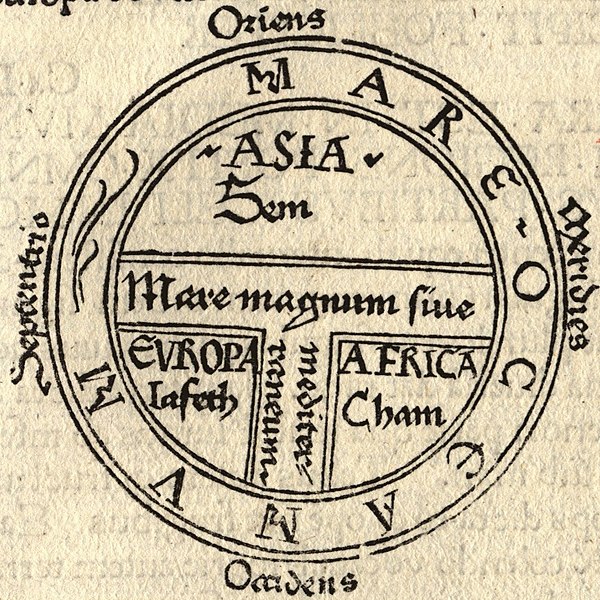
Friday, November 4, 2011
In the Land of the Dine (Navajo)
 |
| 3 of the best engineers ever! |
(Besides that engineering, service, and the Navajo are awesome!)


